NASA's newest X-ray telescope rockets into orbit
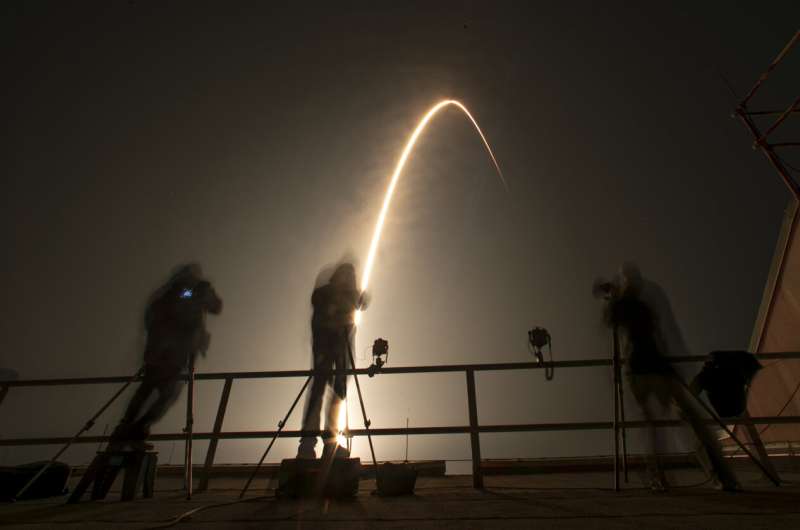
NASA's newest X-ray observatory rocketed into orbit Thursday to shed light on exploded stars, black holes and other violent high-energy events unfolding in the universe.
SpaceX launched the spacecraft on its $214 million mission from Kennedy Space Center. It's called IXPE, short for Imaging X-ray Polarization Explorer.
Scientists said the observatory—actually three telescopes in one—will unveil the most dramatic and extreme parts of the universe as never before.
"IXPE is going to open a new window on the X-ray sky," Brian Ramsey, NASA's deputy principal scientist, said this week.
Operations should begin next month. NASA is partnering with the Italian Space Agency on the project.
-
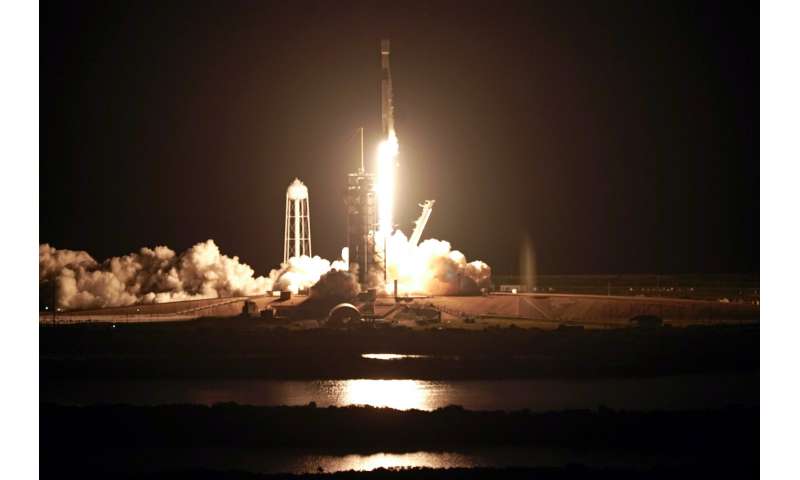
A SpaceX Falcon 9 rocket lifts off from Launch Complex 39A at the Kennedy Space Center in Cape Canaveral, Fla., Thursday, Dec. 9, 2021. The Falcon 9 will deploy into orbit NASA's Imaging X-ray Polarimetry Explorer (IXPE) spacecraft, an X-ray astronomy mission to study black holes and neutron stars. Credit: AP Photo/John Raoux -
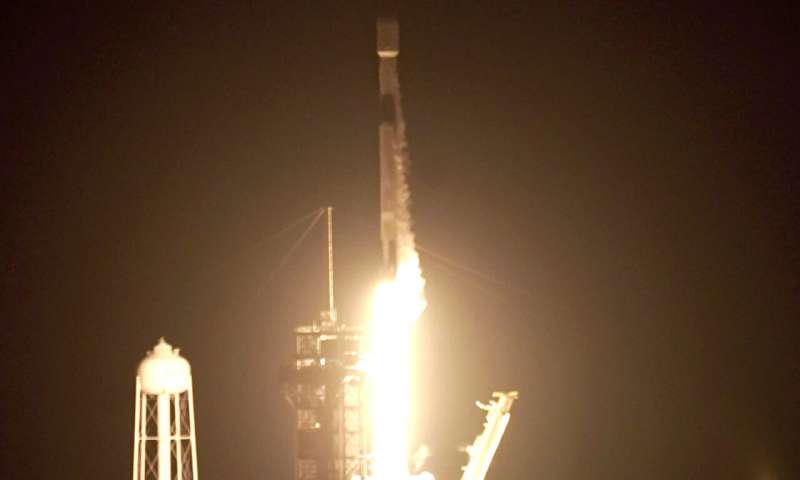
A SpaceX Falcon 9 rocket lifts off from Launch Complex 39A at the Kennedy Space Center in Cape Canaveral, Fla., Thursday, Dec. 9, 2021. The Falcon 9 will deploy into orbit NASA's Imaging X-ray Polarimetry Explorer (IXPE) spacecraft, an X-ray astronomy mission to study black holes and neutron stars. Credit: AP Photo/John Raoux -
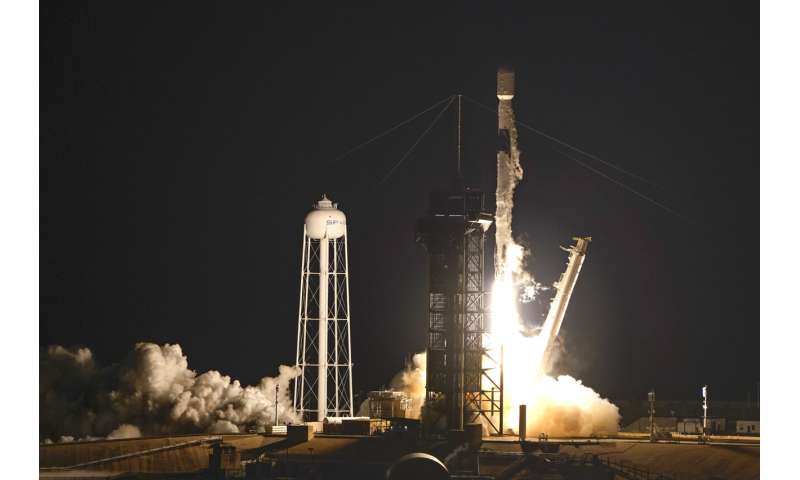
A SpaceX Falcon 9 rocket lifts off from Launch Complex 39A at the Kennedy Space Center in Cape Canaveral, Fla., Thursday, Dec. 9, 2021. The Falcon 9 will deploy into orbit NASA's Imaging X-ray Polarimetry Explorer (IXPE) spacecraft, an X-ray astronomy mission to study black holes and neutron stars. Credit: AP Photo/John Raoux -
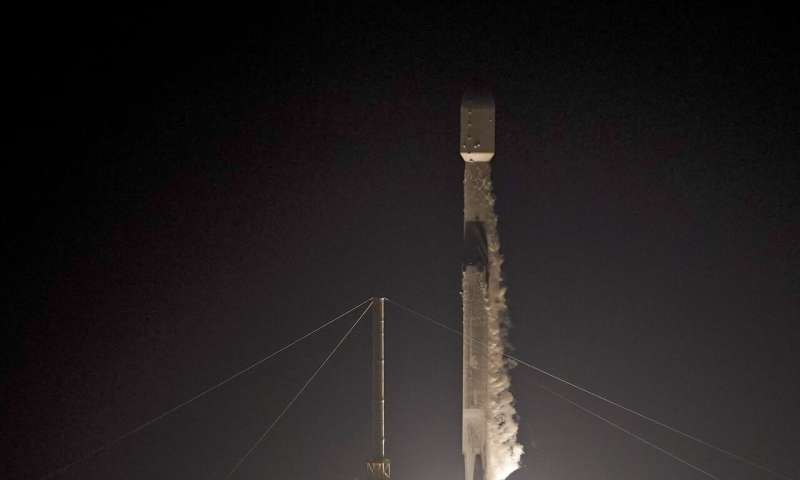
A SpaceX Falcon 9 rocket lifts off from Launch Complex 39A at the Kennedy Space Center in Cape Canaveral, Fla., Thursday, Dec. 9, 2021. The Falcon 9 will deploy into orbit NASA's Imaging X-ray Polarimetry Explorer (IXPE) spacecraft, an X-ray astronomy mission to study black holes and neutron stars. Credit: AP Photo/John Raoux -
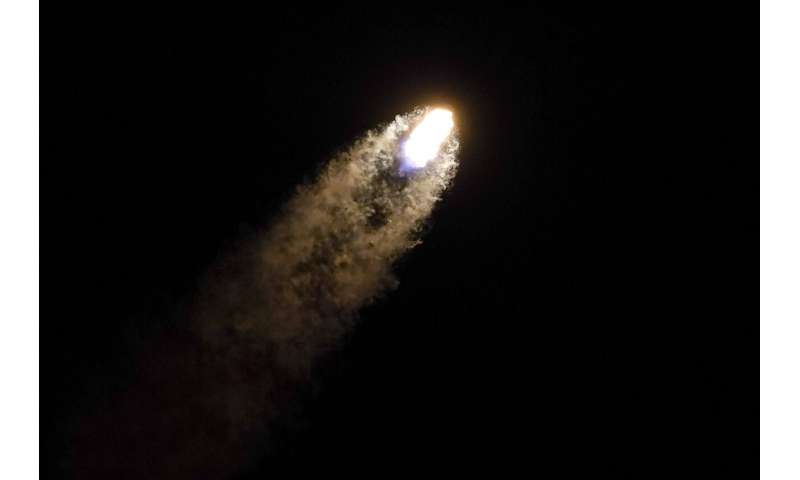
A SpaceX Falcon 9 rocket lifts off from Launch Complex 39A at the Kennedy Space Center in Cape Canaveral, Fla., Thursday, Dec. 9, 2021. The Falcon 9 will deploy into orbit NASA's Imaging X-ray Polarimetry Explorer (IXPE) spacecraft, an X-ray astronomy mission to study black holes and neutron stars. Credit: AP Photo/John Raoux -
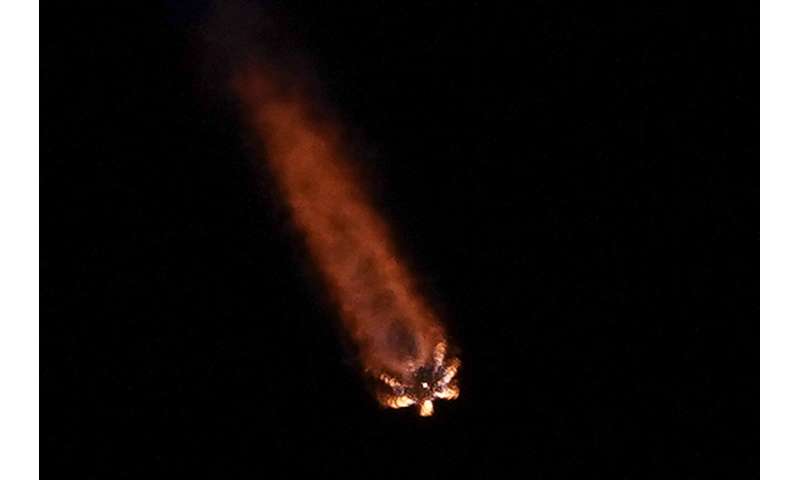
A SpaceX Falcon 9 rocket lifts off from Launch Complex 39A at the Kennedy Space Center in Cape Canaveral, Fla., Thursday, Dec. 9, 2021. The Falcon 9 will deploy into orbit NASA's Imaging X-ray Polarimetry Explorer (IXPE) spacecraft, an X-ray astronomy mission to study black holes and neutron stars. Credit: AP Photo/John Raoux
© 2021 The Associated Press. All rights reserved. This material may not be published, broadcast, rewritten or redistributed without permission.





















